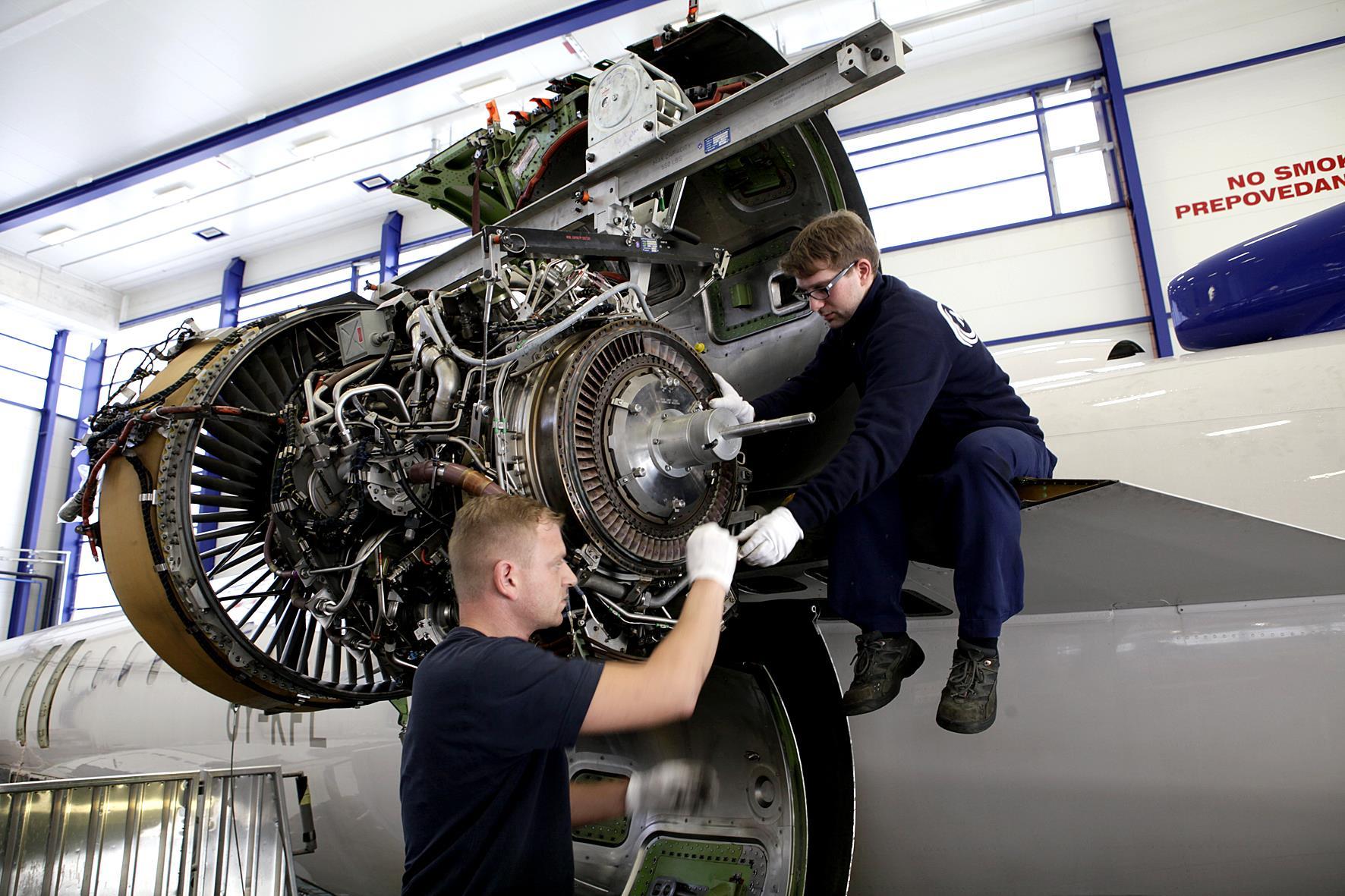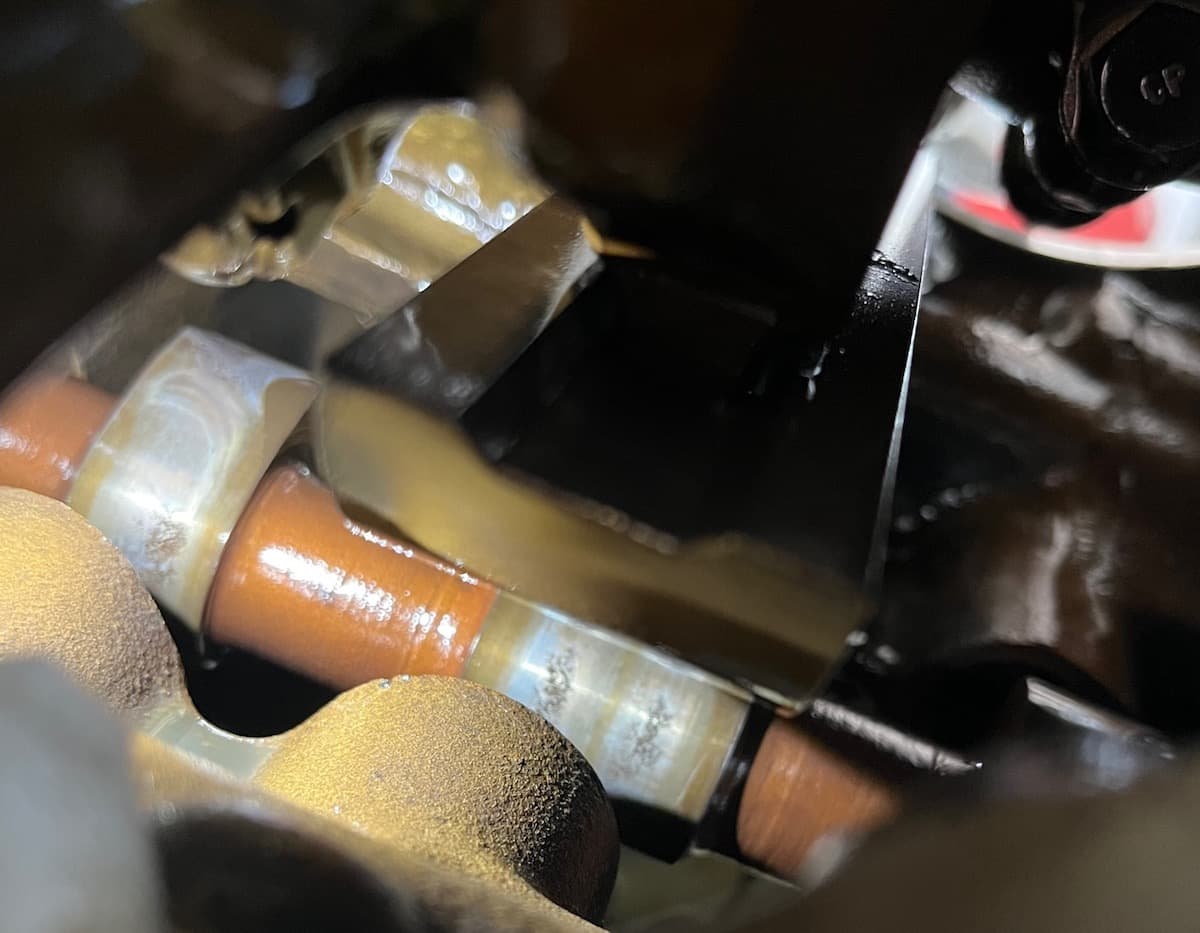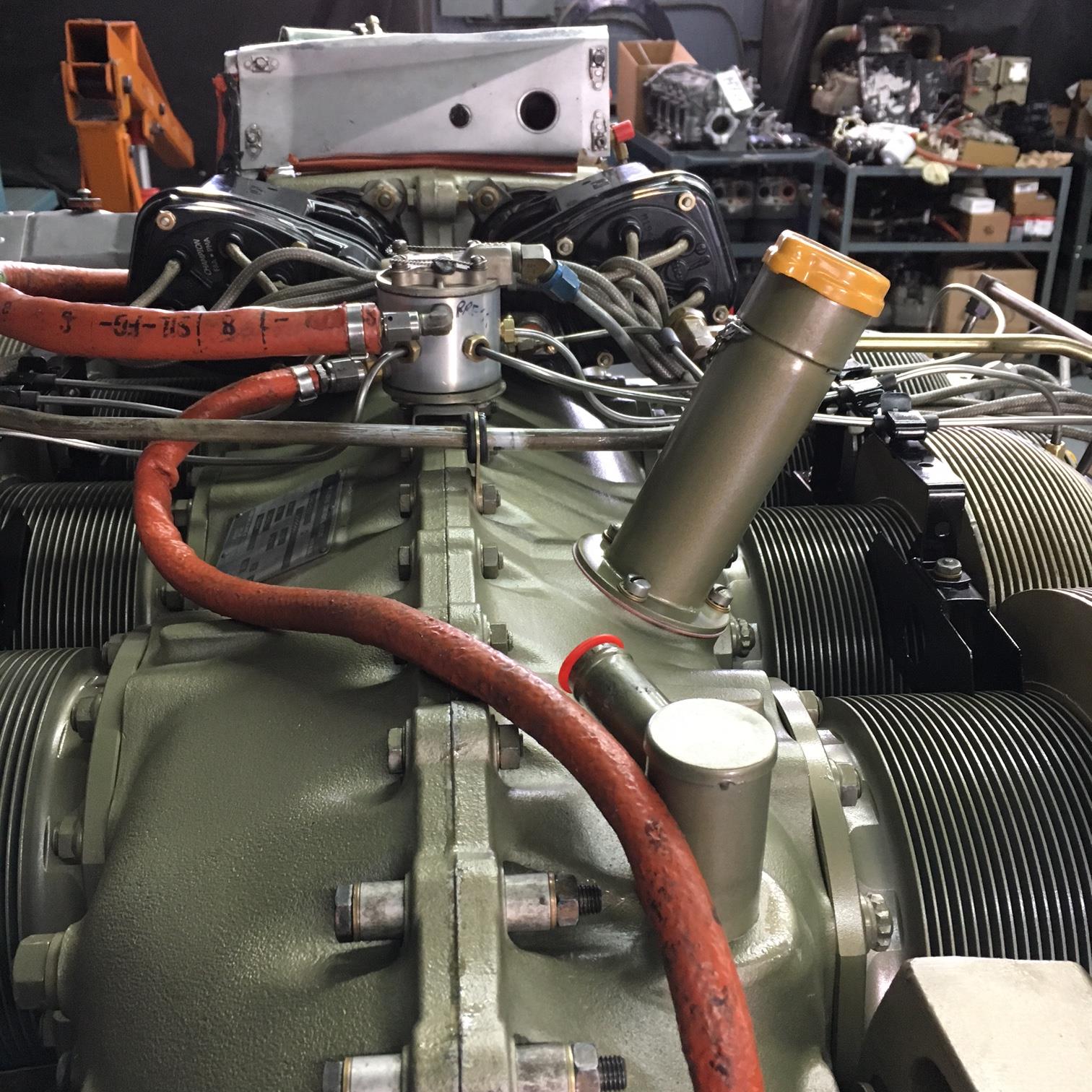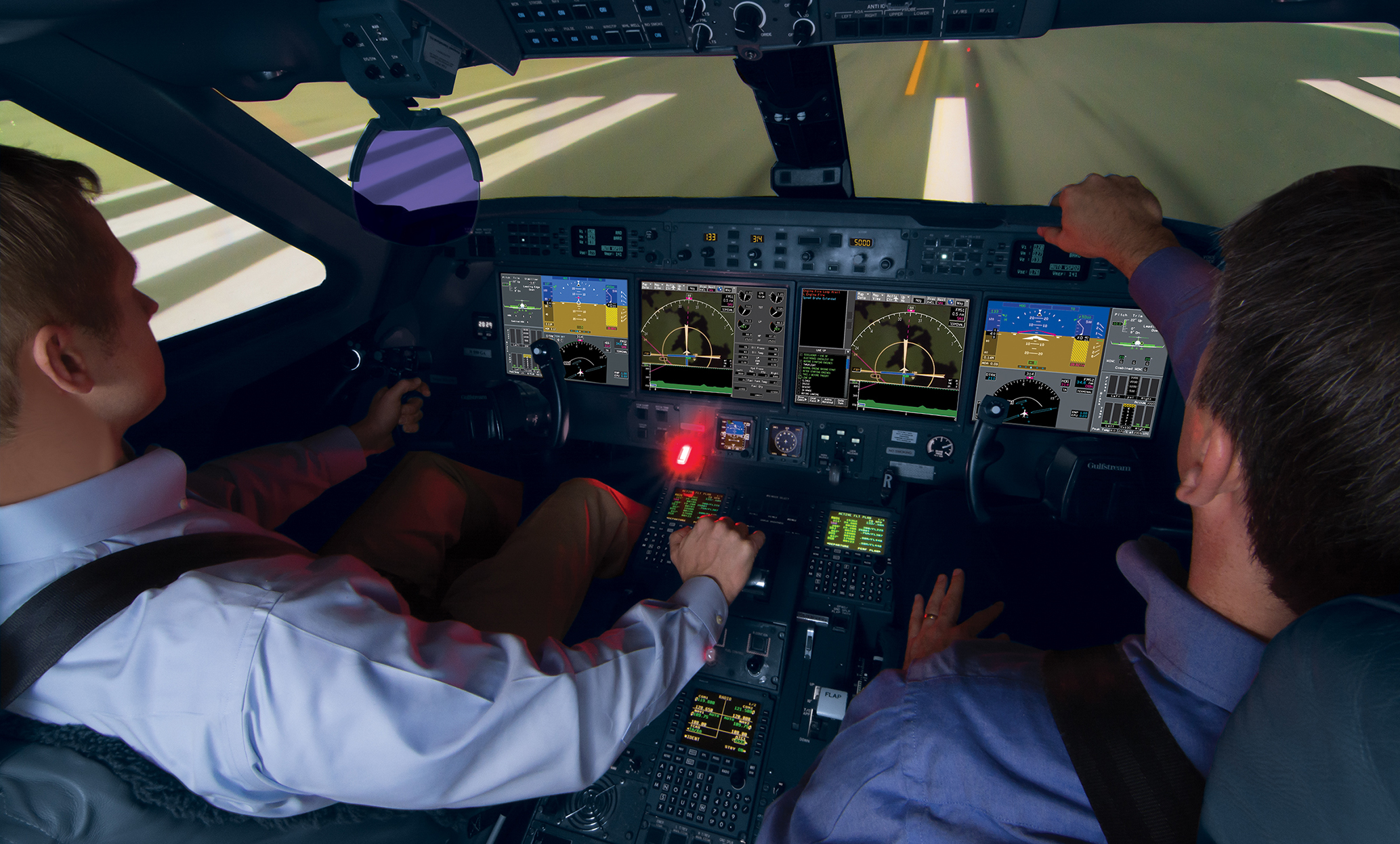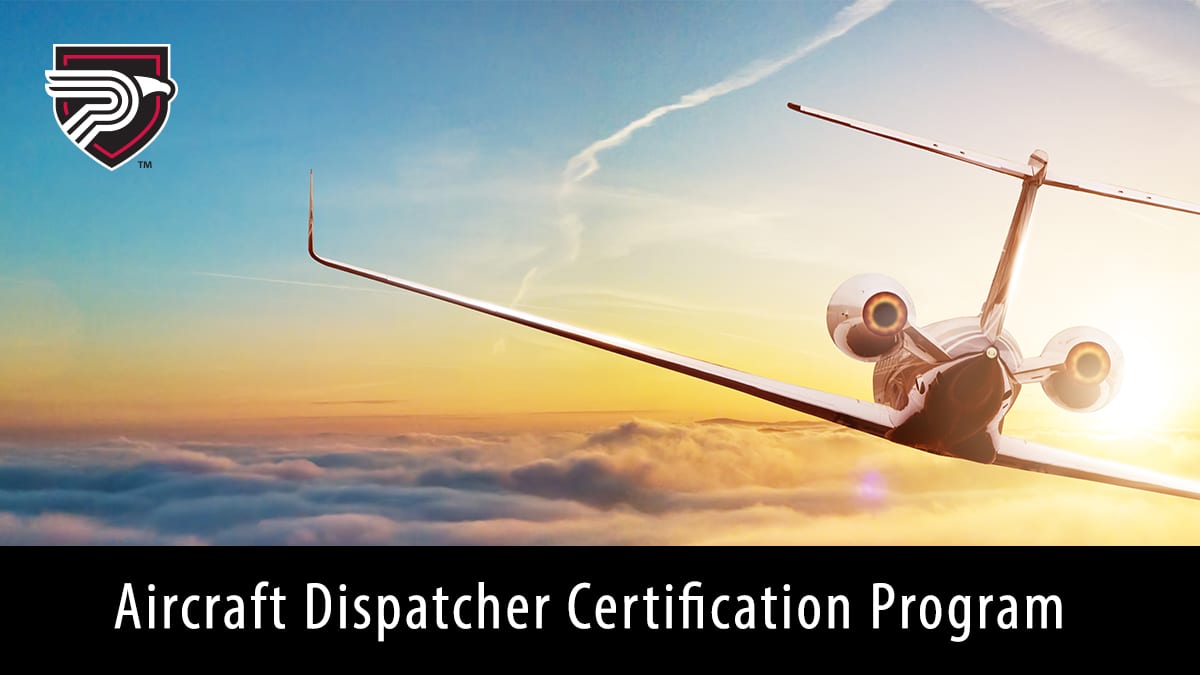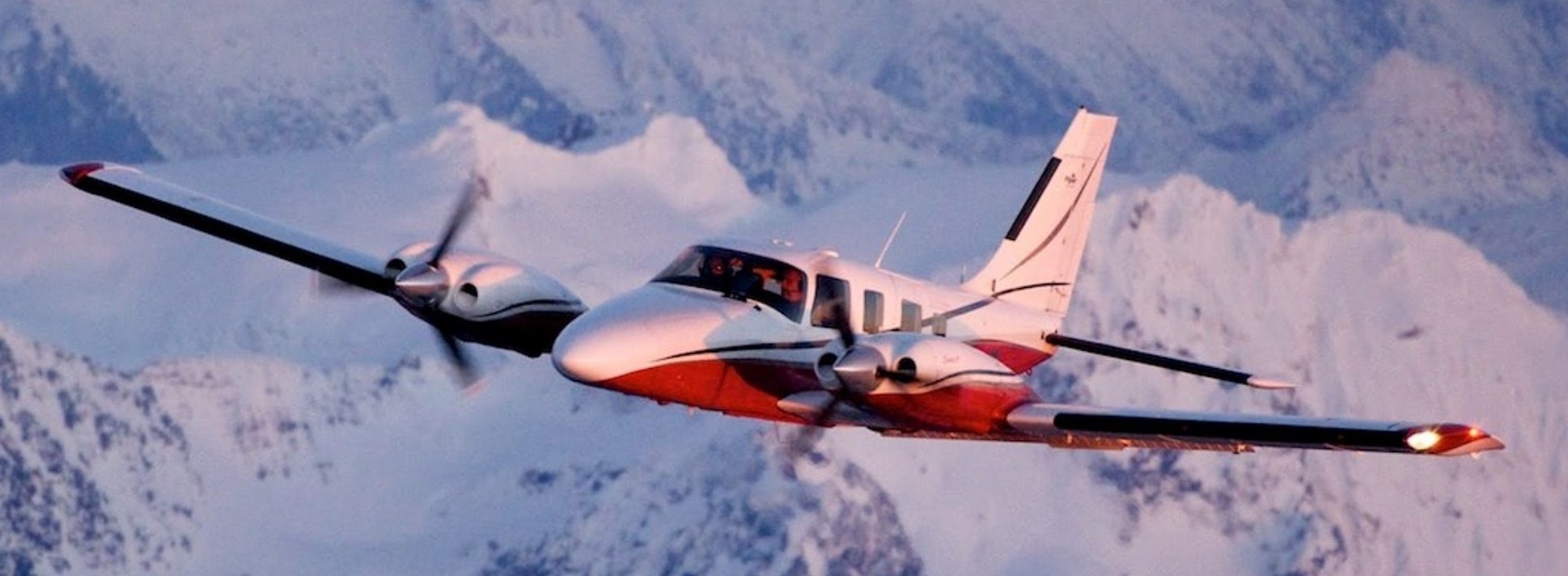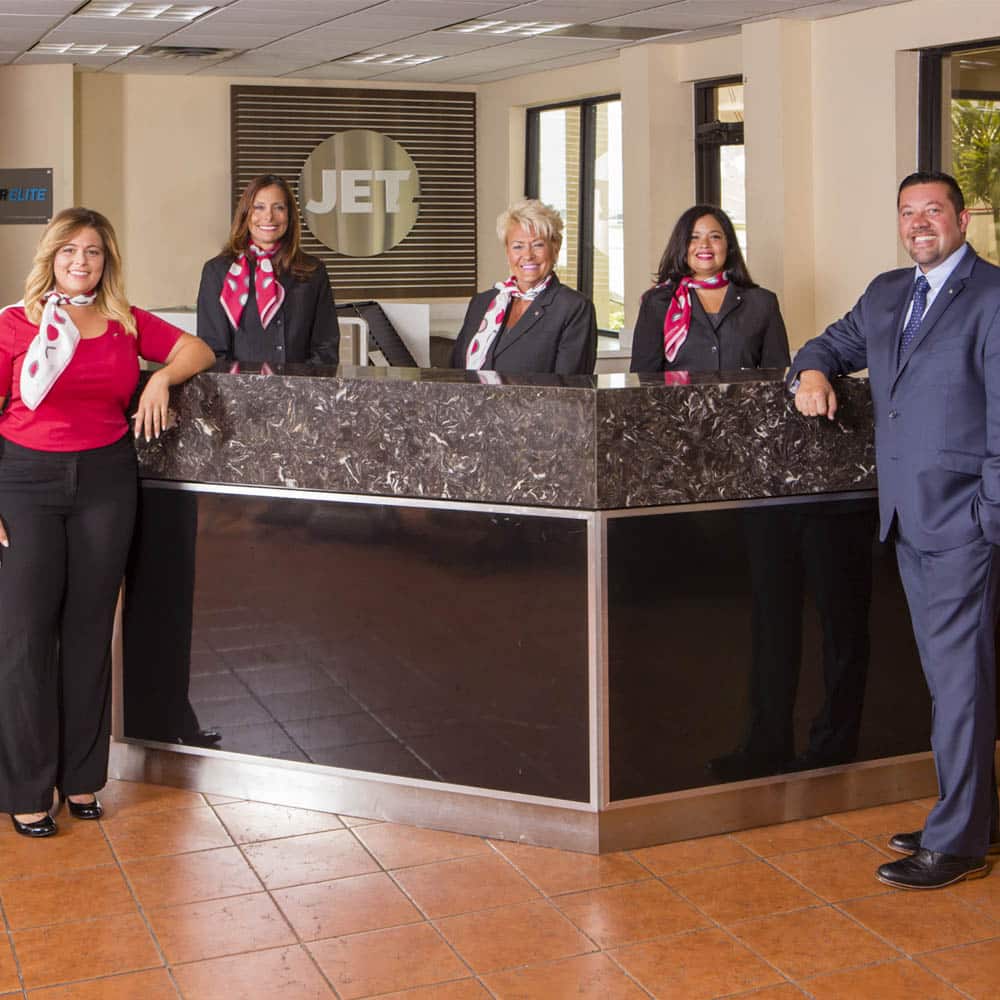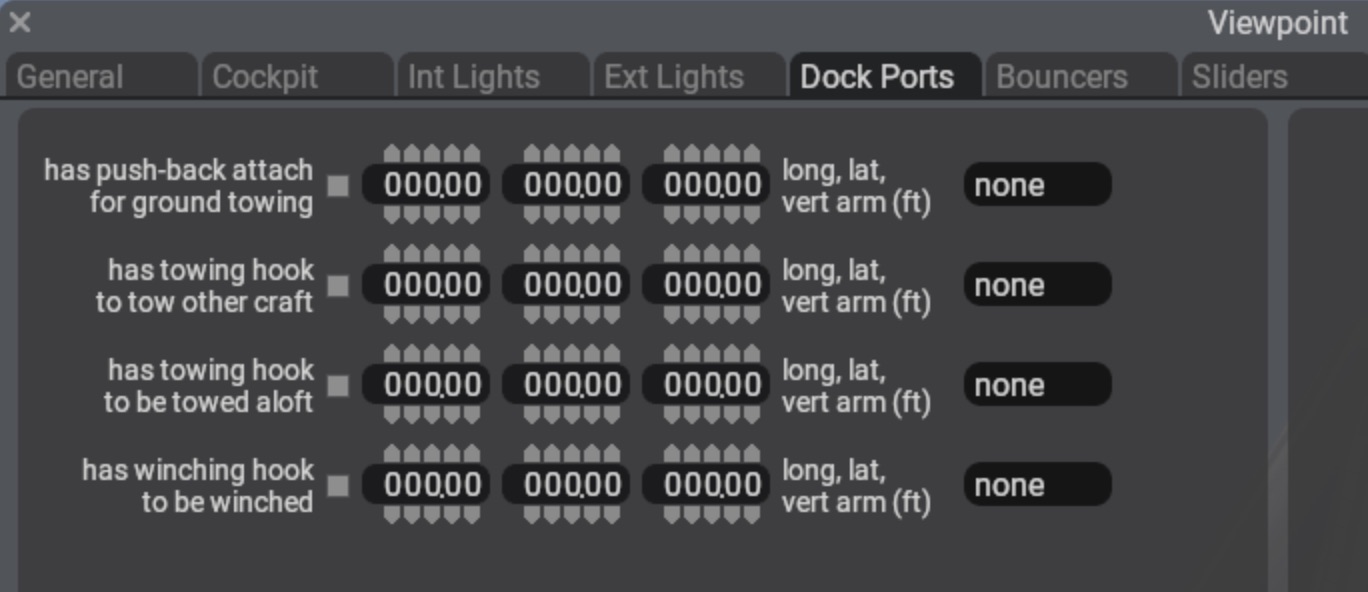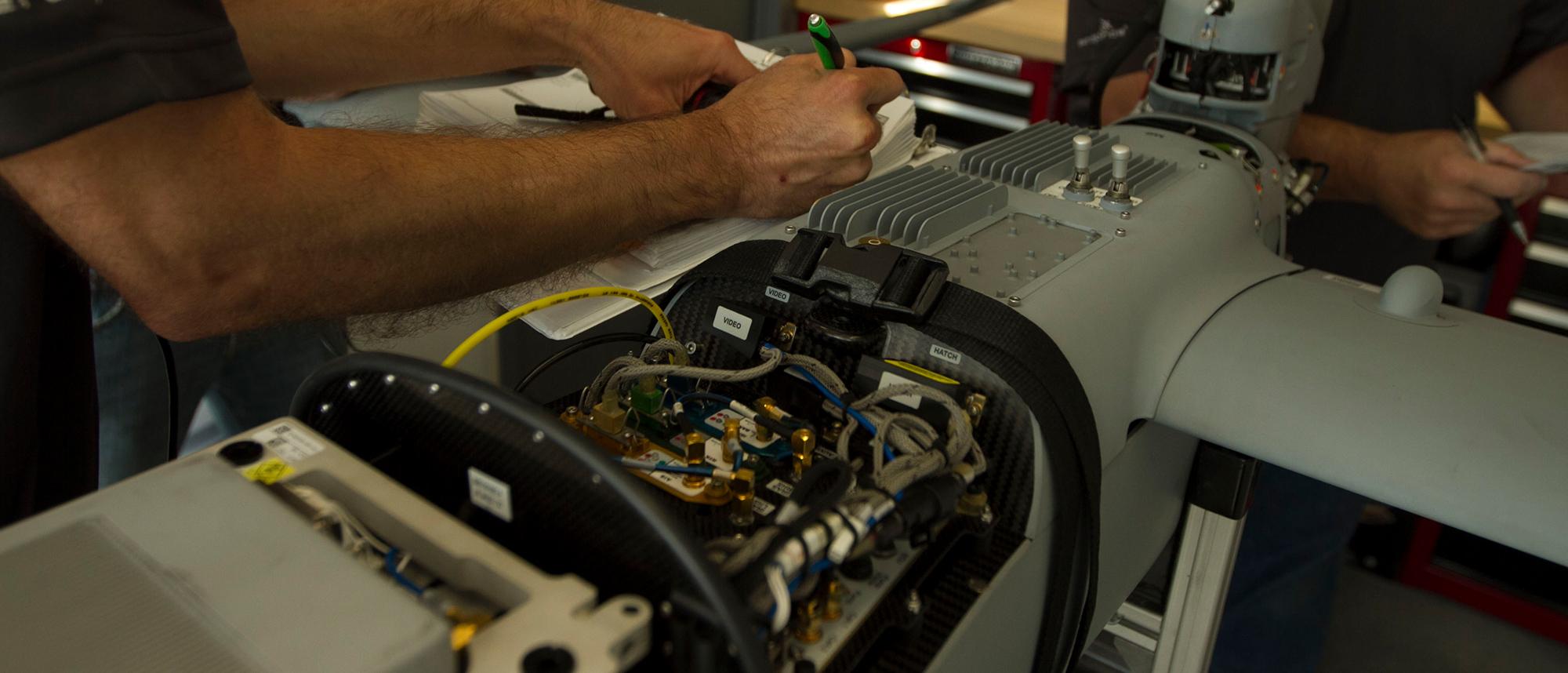Oxygen Concentrator For Aircraft - As a result, the rulemaking reduced burdens for POC manufacturers, passengers who use POCs while traveling, and affected aircraft operators. This final rule also makes conforming amendments to the Department of Transportation's (Department or DOT) rule implementing the Air Carrier Access Act (ACAA) to require carriers to accept all POC models that meet FAA acceptance criteria as detailed in the rule.
There are three models in the Inogen Aviation line (the G2, G3 and soon the G4) and all meet FAA guidelines for supplemental oxygen, are certified to FAA radiated emissions standards and have simple controls and decent LCD displays.
Oxygen Concentrator For Aircraft
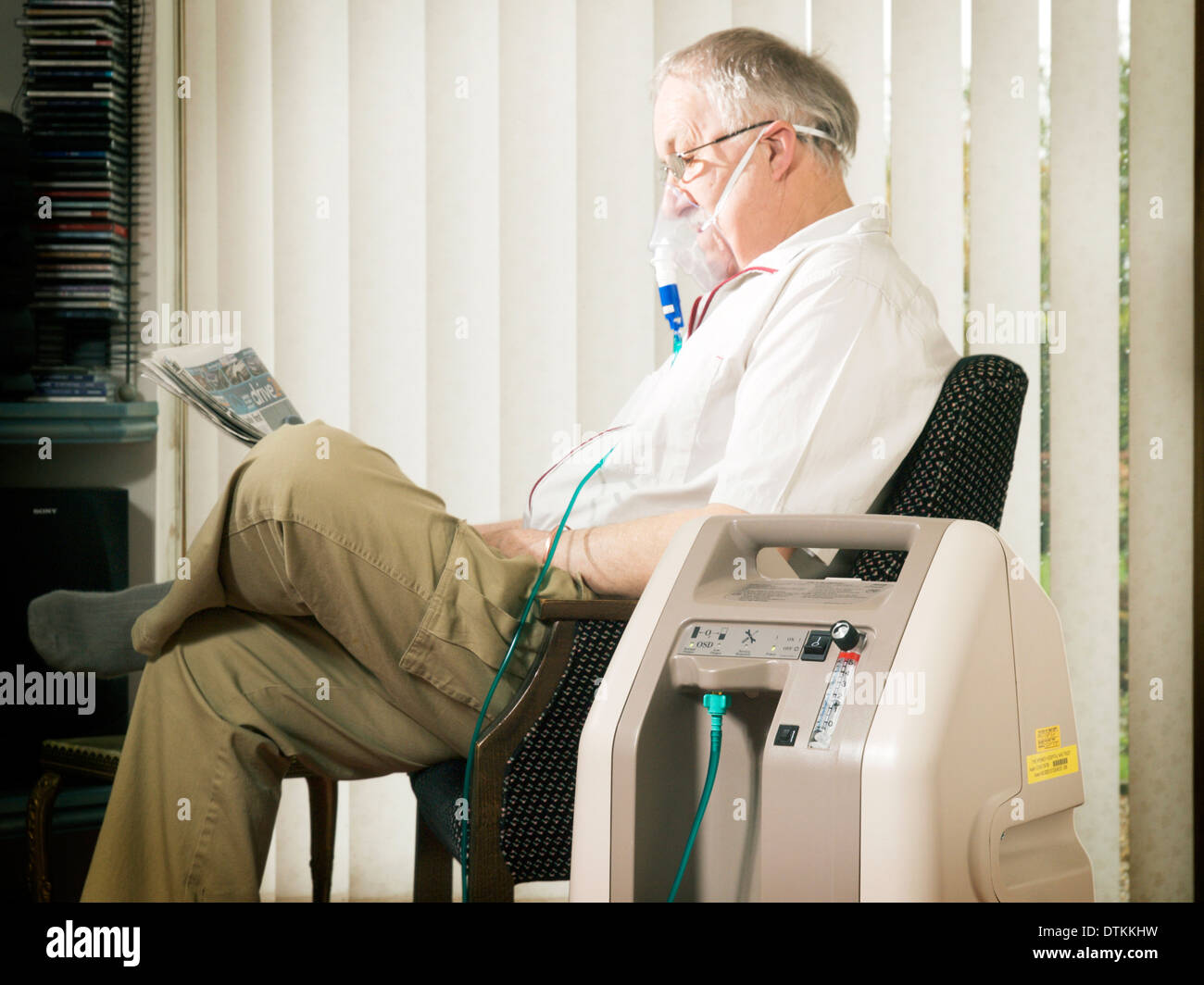
The $2795 Aviator G2-1265 is the flagship unit tested to 18,000 feet. Why not higher? If you can't afford to buy a new portable oxygen concentrator, consider looking for a used one from your local DME provider.
Buy A Used Portable Oxygen Concentrator
They typically run between $800 and $2,000, which is about a third of the cost of new units. Oxygen Concentrator Store also sells gently used portable oxygen concentrators. Before narrowing down your choices, consider how long you'll need to use your portable oxygen concentrator when you leave the house.
Do you only go out to run quick errands, or do you enjoy spending full days out of the house? Do you enjoy travelling? These are all factors that will affect which battery-operated concentrator is the best fit for you.
Because it's so small, the G4 is less powerful than other models, with a maximum oxygen output of only 0.63 liters per minute (LPM), compared to the Respironics SimplyGo Mini with 1 LPM and the Inogen One G5 with 1.26 LPM.
Some people need supplemental oxygen and already have an in-home unit, but they may want to rent a portable oxygen concentrator for an upcoming trip or other time away from home. Or you may want to rent a unit for a few weeks to see if it's a good fit for your needs.

Battery Life
Note: POCs identified in §§§ 121.574, 125.219, and 135.91 (see paragraph 9.2) may be used on aircraft without bearing a label. To help air carriers obtain positive testing results for SFAR accepted POCs, FAA has contacted the manufacturers of FAA approved POCs and requested positive testing results regarding section 21, Category M of RTCA Document (DO) -160 testing.
The FAA is making these documents available on this website. While you might wear an oxygen mask above 18,000 feet, the pulse delivery of an oxygen concentrator doesn't generally work well with a mask. On the other hand, we've heard reports from pilots who successfully use concentrators in the low flight levels.
Still, we think backup oxygen is a smart plan. Because portable units are designed to be lightweight, they aren't as powerful as stationary, in-home oxygen systems. As a result, the portable oxygen concentrators currently on the market can only provide an oxygen output of up to 3 LPMs.
If your prescription is written for more than this amount, a portable unit won't meet your needs, so you'll need to look for an in-home oxygen system instead. If you have a diagnosed need for extra oxygen but don't want to be tied to a stationary, in-home oxygen unit, you may enjoy the independence and freedom a portable oxygen concentrator can give you.
Rent A Portable Oxygen Concentrator Instead Of Buying One
Being able to go out with friends and family, travel, and/or enjoy activities outside the house are all possible with portable oxygen concentrators. For those who value ease of use, we rated Philips Respironics SimplyGo Mini as “Easiest to Use.”
If you're looking for a POC that's easy to carry, we selected the Inogen One G4 as "Smallest Portable Oxygen Concentrator." If you're a frequent flier, the Inogen One G5, which we ranked as "Best for Air Travel", may be a good choice.

And finally, for those who want to ensure their POC can function as long as possible between charges, we chose the CAIRE Freestyle Comfort as “Best Battery Life.” It's important to know which type of flow you need and the amount of oxygen (in LPM) your prescription is written for when buying a portable oxygen machine.
If you're unsure of these details, check with your health care provider. Secure .gov websites use HTTPS A lock ( LockA locked padlock ) or https:// means you've safely connected to the .gov website. Share sensitive information only on official, secure websites.
O Concentrators
While renting may not be a good choice if you have a long-term requirement for oxygen therapy, it could be a great fit for someone who needs a portable oxygen concentrator temporarily. This may include people who are recovering from COVID-19, pneumonia, or another short-term respiratory illness.
Yes, you will need a prescription to rent or buy a portable oxygen concentrator. Your doctor or other health care provider must diagnose your need for supplemental oxygen and determine what your oxygen requirements are. Oxygen is considered a medical substance and can cause health problems if used incorrectly.
It's more common for Medicare to cover the rental of in-home oxygen units rather than portable oxygen concentrators. Medicare providers may pay for portable oxygen concentrator rentals on a case-by-case basis, though, if they decide it would be beneficial for you either as a sole source of oxygen or as a supplement to an in-home unit.8
Oxygen concentrators were developed in the 1970s to meet both industrial and consumer needs, creating a relatively inexpensive, limitless supply of oxygen. Starting in the 1980s, oxygen concentrators became an option for the oxygen-dependent, providing the COPD or congestive heart failure-afflicted with an ongoing supply of O2, and allowing freedom of movement by not being dependent on a compressed bottle.

Future Oxygen Needs
The battery has a self-discharge rate of about twenty days if disconnected, or just five days if the computer-style power supply is left attached. This makes inflight recharging useful. An AC power adapter is also provided so the batteries can be kept topped off in the hangar between flights.
Christopher Norman, a New York-based nurse practitioner who specializes in geriatric care (the care of older adults) and holistic health, gave the following tips for people thinking about buying a used portable oxygen concentrator. "As with anything you might buy, I would always advise asking about the equipment's history.
Was it maintained appropriately [and] cleaned regularly (oil-based cleaners can gum up the works, whereas water-based cleaners are usually safe); what kind of environment was it maintained in (smoking household, lots of pets, etc.); has it ever been serviced and by whom;
and what is its purchase history (maybe you're actually getting it third or fourth hand)? I would advise a person to never buy used tubing (the nasal cannula) or used filters due to risk for infection or other transmissible illness concerns,” said Norman.
Our Reviews Team’s Customer Service Experience
The Inogen One G4 is smaller and lighter than almost every other portable oxygen concentrator on the market, making it our Reviews Team's pick for “Smallest Portable Oxygen Concentrator.” If you need supplemental oxygen but enjoy getting out of the house, this model may be just what you're looking for.
Portable oxygen concentrators are not one size fits all. Your oxygen needs, lifestyle, and budget will all affect which device is the best choice for you. A few of the most reliable portable oxygen concentrators that have received the best customer reviews include the Inogen One G4 and G5, and the Invacare Platinum.

The Inogen One G5 is also the quietest portable oxygen concentrator on this list, which is helpful for air travel, so you won't disturb your fellow passengers. And, like all portable oxygen concentrators on this list, the Inogen One G5 is approved for air travel by the FAA.
May 24, 2016, the FAA and DOT published portable oxygen concentrator amendments to 14 CFR 1.1, 1.2, 121.574, 125.219, and 135.91. Additionally, the amendments resulted in the removal of Special Federal Aviation Regulation No. 106 effective August 22, 2016.
Other Options
If you are in need of supplemental oxygen, also called oxygen therapy, you may be concerned about the expense of owning and using an oxygen tank or concentrator. Thankfully, you can save money on these units in a variety of ways.
It's also a good idea to think about your future oxygen needs. You may only need one LPM now, but if you have a chronic disease like COPD, you may want to choose an oxygen concentrator that's best for COPD, with a maximum output that's above your current needs.
This way you won't need to replace your concentrator with a more powerful one if your oxygen needs increase. Once a filter's zeolite is saturated with nitrogen, it can be allowed to discharge and rest, outgassing the nitrogen, while a second filter strips out the nitrogen during its turn in the cycle.
Chemical engineers among us call this pressure-swing adsorption. Note that this isn't absorption—that's a subject for an entirely separate lecture. If you're interested in this brand but need continuous flow oxygen, you might want to check into the Philips Respironics SimplyGo.
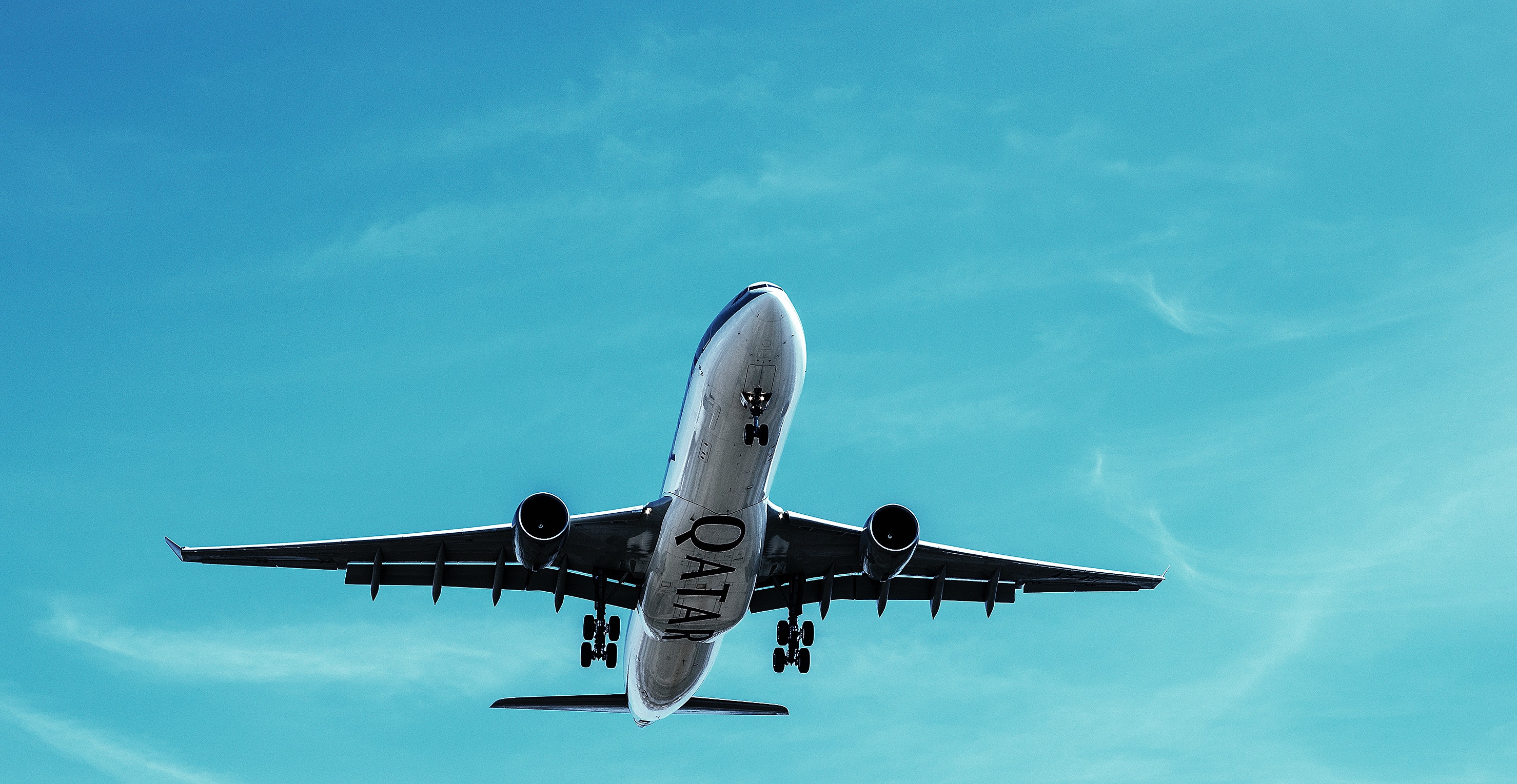
Inogen’s Aviation Migration
At 10 pounds, it's heavier than the SimplyGo Mini, but it offers both continuous and pulse flow settings and comes with a rolling cart. The final rule titled, Oxygen and portable oxygen concentrators for medical use by passengers replaces the previous process and allows passengers to use a POC on board an aircraft if the POC satisfies certain acceptance criteria and bears a label indicating conformity with the acceptance criteria.
The labeling requirement only affects POCs intended for use on board aircraft that were not previously approved in SFAR 106. Additionally, the rulemaking eliminated redundant operational requirements and paperwork requirements related to the physician's statement. Some concentrators can deliver oxygen by either pulse or continuous flow, depending on the setting you choose.
Other devices only provide one type of flow. For example, most portable concentrators (including all of the models in this review) offer only pulse flow settings. Keep in mind the Freestyle Comfort, along with all the models reviewed here, provides only pulse oxygen flow delivery.
This means the unit provides a puff of oxygen every time you take a breath, as opposed to units that provide a continuous flow of oxygen. Many stationary home units offer continuous flow or a combination of both methods.
Warranty Length And Type Of Coverage
A member of our Reviews Team called the Oxygen Concentrator Store to learn more information about all of the brands and models in this list. It took less than 30 seconds to get a representative on the line, and he was friendly, helpful, and knowledgeable about every model we asked about.
Use caution with low-cost concentrators. While many can be found for as little as $300, most deliver only a 35 percent oxygen concentration, which won't provide much benefit above 10,000 feet. Plus, altitude performance, heat and RF interference issues are unknown.
Accessories include a higher-capacity battery pack for $495, or a spare standard-capacity battery for $395. External battery chargers are $275. Replacement particle filters are $19 each. Windblade also sells a spare cannula for $99, which also includes an inline flow-confirming spinner.
The systems come standard with a DC power converter, which serves double duty for charging the battery. Online retailers like the Oxygen Concentrator Store may have financing and “buy now, pay later” payment options through services like CareCredit, PayPal, or Affirm that allow you to finance your portable oxygen concentrator purchase and pay it off over time.
Oxygen Delivery/Flow Types
In general, portable oxygen concentrators cost between $4,000 and $4,500 from the manufacturer, although you can often find them in the range of $1,500 to $3,500 from online retailers such as the Oxygen Concentrator Store and others.
faa approved oxygen concentrators list, portable aircraft oxygen systems, oxygen concentrator for pilots, airplane oxygen system, tsa approved portable oxygen concentrators, airsep focus portable oxygen concentrator, tsa approved oxygen concentrator, oxygen generator for aircraft

